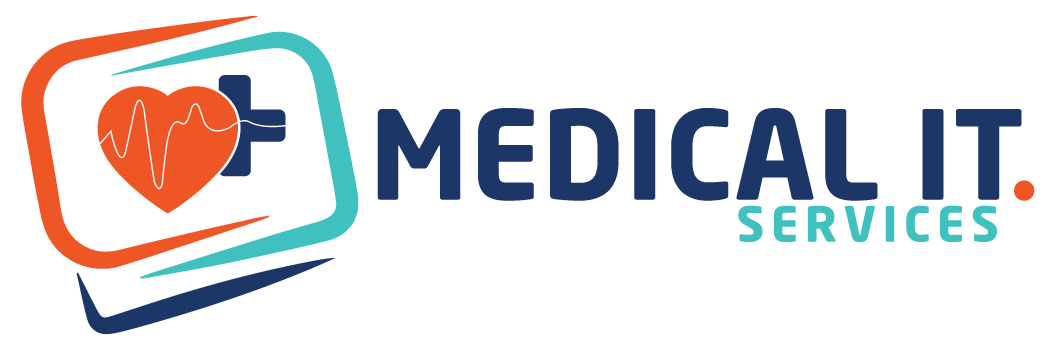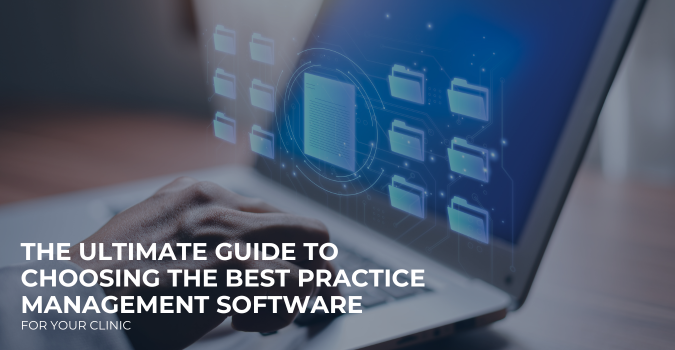In today’s fast-paced digital world, patients expect the same level of convenience and accessibility from…

Disaster Recovery Challenges and Solutions: A Brief Overview
The continuous flow of MIS (management information system) and daily business operations is essential for every healthcare organization. Due to the rise of cyberattacks in the healthcare industry, it is essential to have a powerful IT solution that can protect against vulnerabilities or any disaster. Loss of access and data is becoming unbearable and has numerous disaster recovery challenges. Healthcare businesses should ensure high availability, prevent data loss, restore operations, and have disaster recovery solutions in place for minimal downtime.
For easy and safe recovery from any disruptive event, a robust disaster recovery plan can solve multiple challenges that the healthcare industry has to face for business continuity and disaster recovery. All medical practices require a day backup plan in the event of a disaster. Due to financial and resource limitations, small to medium-sized businesses (SMBs) face specific challenges. So, in a nutshell, by focusing on these disaster recovery challenges, healthcare practice will be able to build a disaster recovery plan to avoid losing important data.
Disaster Recovery Challenges
The healthcare industry already has many challenges in its daily operations. Let’s discover the Disaster Recovery challenges and find out why it is important for your business.
- Lack of Proper Disaster Recovery Plan
When it comes to Disaster recovery, there is either lack of a complete plan in place or a comprehensive inexistence of it. Most of the time healthcare businesses might evaluate a backup plan for disaster recovery. Healthcare organizations must determine what is essential to make a disaster recovery plan by gaining efforts from all related organizational stakeholders to help with business continuity requirements. A disaster recovery plan then must represent complete functional aspects that the Information Technology (IT) department supports prior to, during, and after a disaster. It must also include all useful applications, networks, servers, and storage, along with a wide range of “what if” scenarios.
- Technical Knowledge
One of the big disaster recovery challenges is that DR personnel don’t have a proper incident response plan that describes what data can potentially be affected, making it necessary to recover at a time before the attack. This data recovery strategy most of the time would potentially cost major data loss that could affect the hospital operations.
- Increasing Costs
There are three (3) major disaster recovery cost factors:
-
- Data Cost: First, your data costs a lot. Your records, bills, projects, workflows, databases – all can be lost, which means anything up to bankruptcy for the company.
- Downtime Cost: All healthcare businesses depend a lot on electronic devices or resources. So, once these resources go down, your operations, partly or as a whole, cannot run. This means that you will lose money and reputation with every hour of downtime.
- Additional Resources and Workforce Cost: Third or last, if you are going to make a robust disaster recovery plan for infrastructure of any complexity, you are about to spend time and money, although the options for spending here are limitless, your budget isn’t. You will need more hardware, software, and workforce to develop, implement, and keep an effective disaster recovery solution.
- Insufficient Backup Protection
When you have an effective DR plan in hand, you should also take care of the resources you are using. Determine whether all of your kinds of workloads are being adequately backed up. When you do a backup, it seems to be unsafe to save all data in one storage. The most effective backup storage approach, the 3-2-1 backup management, declares that at any point in time you should have at least three copies of each file, two of which are backups, and one of the copies should be stored at an offsite location. Sometimes, malicious attacks strive to encrypt both your files and backups. Hence, you should adhere to the 3-2-1 backup management to be able to recover even if one of your backups is encrypted.
Cost-Effective IT Disaster Recovery Solutions
An effective disaster recovery solution is most required for business continuity and disaster recovery. Put all your attention on these four stages to ensure your IT disaster recovery plan really works for you:
- Planning: The initial stage is planning, where you need to describe your recovery time and recovery point objectives.
- Review: In the second stage, review your IT disaster recovery plan to ensure that you haven’t forgotten anything.
- Implementation: At the third stage, you are all set with the planning and review part, it’s time to actually execute the solution.
Daily tests: Schedule daily tests for your disaster recovery plan to ensure that you are actually ready to recover data in any disruption. Once your tests are complete, review your plan and update it where required.
- Meet HIPPA Regulations
Your IT disaster recovery plan should comply with HIPAA regulations and clearly states where you should store and protect your data. It would be best if you adhere to those compliances.
- Follow Tiers of IT Disaster Recovery
There are 7 tiers of IT disaster recovery that every healthcare organization should follow. Each tier defines the recoverability of specific types of data storage resources based on the recovery method and recovery time.
How Medical IT. Services Can Help?
An effective disaster recovery plan takes considerable effort, money, experience, and expertise. We provide comprehensive IT solutions for disaster recovery and business continuity. Our data backup and disaster recovery services will cover all types of issues that you are facing in your daily business operations due to any disruption. Contact us today to enhance the productivity of your healthcare practice through our one-hour free IT consulting with 24×7 technical support.
Related Articles:
What is Business Continuity and Disaster Recovery in Healthcare?
Guide to Data Backup and Disaster Recovery
Business Continuity vs Disaster Recovery: 5 Key Differences




